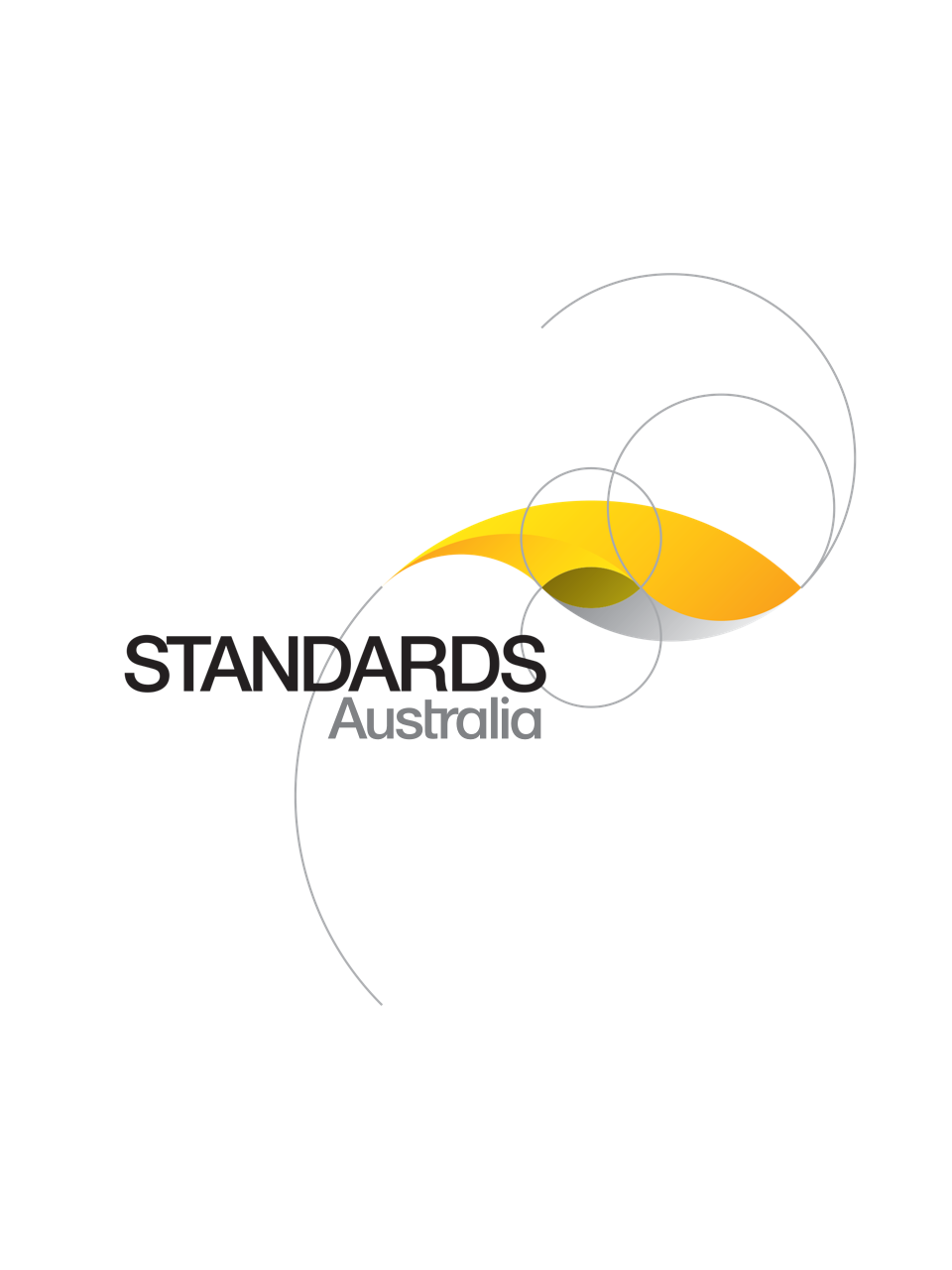Technical Specification
Track updates
SA TS ISO 55010:2024
[Current]Asset management - Guidance on the alignment of financial and non-financial functions in asset management
SA TS ISO identically adopts ISO/TS 55010:2024, which gives guidance on the alignment between financial and non-financial asset management functions, to improve internal controls as part of an organization’s management system
Published: 20/09/2024
Pages: 60
Table of contents
Cited references
Content history
Table of contents
Header
About this publication
Preface
Foreword
Introduction
1 Scope
2 Normative references
3 Terms and definitions
4 Why alignment between financial and non-financial functions is important
4.1 General
4.2 Benefits of alignment
5 Enablers for alignment
5.1 General
5.2 Processes, leadership and governance
5.2.1 Processes
5.2.2 Leadership
5.2.3 Governance
5.3 Policy, strategy, data and information
5.3.1 Asset management policy support
5.3.2 Strategic asset management plan support
5.3.3 Data and information
5.4 Non-financial functions in asset management
5.5 Terminology for financial and non-financial alignment
6 How to achieve system alignment
6.1 General
6.2 Information systems
6.3 Data management
7 How to achieve asset-register-related alignment
7.1 General
7.2 Financial asset registers
7.3 Non-financial asset registers
7.4 Asset register alignment
8 Financial planning and reporting for asset management
8.1 General
8.2 Capital investment planning
8.3 Long-term financial planning
8.4 Budgeting
8.5 Financial reporting in asset management
9 Performance management
9.1 General
9.2 Performance measurement
9.3 Performance reporting
Annex A
Annex B
B.1 General
B.2 Long-term financial planning process steps
B.2.1 General
B.2.2 Mobilization phase
B.2.3 Analysis phase
B.2.4 Decision phase
B.2.5 Execution phase
Annex C
C.1 Examples of financial reporting
C.2 External financial reporting principles for assets
C.2.1 General
C.2.2 Fair presentation
C.2.3 Accrual basis for accounting
C.2.4 IFRS valuation rules
C.2.5 Appropriate implementation of auditing principles
Annex D
D.1 General
D.2 Financial asset register
D.3 Valuation/revaluation
D.4 Fair valuation techniques
D.5 Depreciation
D.6 Impairment
D.7 Useful life/remaining useful life
D.8 Residual value
Annex E
E.1 General
E.2 Concept phase (defining the requirements)
E.3 Planning and design
E.4 Asset creation (construction/acquisition)
E.5 Operations and maintenance
E.5.1 General
E.5.2 Operation
E.5.3 Maintenance
E.6 Asset monitoring
E.7 Rehabilitation and refurbishment
E.8 Disposal
Annex F
F.1 General
F.2 Problem statement
F.3 Alignment initiative
F.3.1 General
F.3.2 Risk and Capital Committee
F.4 Alignment plan
F.4.1 General
F.4.2 Identify top-level objectives
F.4.3 Committee scope
F.4.4 Revised SAMP
F.5 Continual improvement
Annex G
Annex H
H.1 General
H.2 Current definitions
H.2.1 Asset management standard
H.2.2 Financial standards
H.3 Mapping table
H.4 Conclusion
Annex I
I.1 General
I.2 Why asset register alignment is important
I.3 Guidance on asset register alignment
I.3.1 General
I.3.2 Understand data needs
I.3.3 Establish a data governance framework
I.3.3.1 Define data stewardship and custody
I.3.3.2 Govern data creation and maintenance
I.3.3.3 Define data attribution
I.3.3.4 Data security
I.3.4 Establish a data alignment plan
I.4 Basic process to achieve asset data alignment
I.4.1 General
I.4.2 Determination of organization-wide assets
I.4.3 Asset data dictionary
I.4.4 Data repositories
I.4.5 Alignment
I.4.6 Cut-off date
I.4.7 Departmental activity
I.5 Examples of asset hierarchies and asset registers
I.5.1 General
I.5.2 Asset hierarchy example A
I.5.3 Asset hierarchy example B
I.5.4 Asset hierarchy example C
I.5.5 Asset hierarchy example D
Annex J
Bibliography
Cited references in this standard
